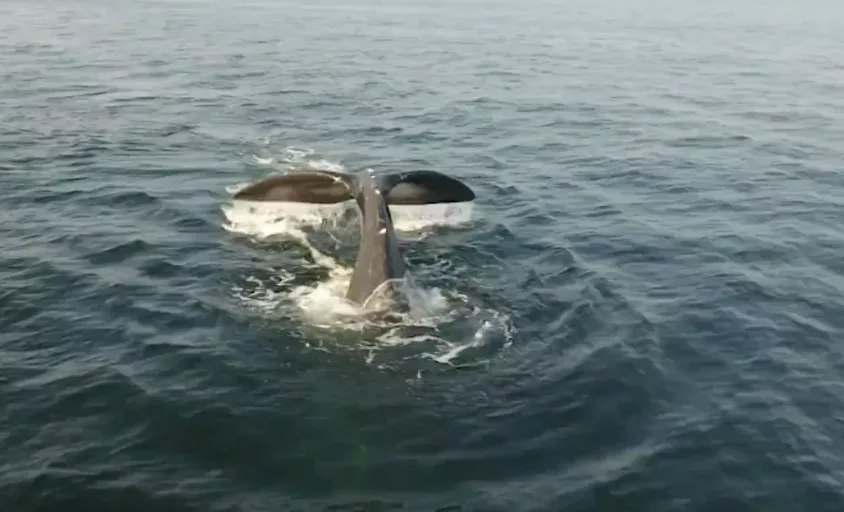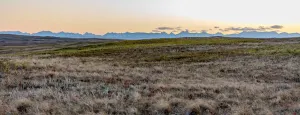
13 North Atlantic right whale calves recorded so far this season
Thirteen North Atlantic whale calves have been spotted off the coast of the southern United States — more than the number born in a single winter since 2016.
The calves, recorded only about halfway through the calving season, are reason for "guarded optimism" about the endangered whale's population, a researcher says.
"In 2018 we didn't have any calves born and we've had ten or less in most of the previous five years," said Philip Hamilton, a research scientist with the Anderson Cabot Centre for Ocean Life at the New England Aquarium. "So that's very positive news."

File photo. Courtesy: Nathan Coleman/The Weather Network
Calving season for North Atlantic right whales typically runs from the start of December to the end of March. So, it's possible this could be the first year in a long time the population hits a supposed reproduction average.
SCIENTISTS EXPECT 23 CALVES A YEAR
Hamilton said that given the current state of the whale population, scientists would expect an average of around 23 calves a year. That hasn't happened in years, likely because of the stress whales are experiencing finding enough food.
The North Atlantic right whale population have recently moved into unfamiliar and more hazardous waters in search of a dwindling food supply.
While there are some first-time mothers with calves this year, several of the mothers haven't reproduced in a decade.
RELATED VIDEO: ATLANTIC WHALES' UNIQUE BREEDING PATTERNS
"On average a right whale should be able to give birth every three or four years, and some of the mothers that are giving birth this year have gone 10 or 11 years without calving," said Hamilton. "So, there's a backlog of whales that should be able to calve and it's really encouraging that they are."
'WE NEED TO STOP KILLING THESE ANIMALS'
Hamilton says he is optimistic about this year's calving season, but says it's important to put things into context.
"We really need to stop killing these animals," said Hamilton. "We've had 32 deaths between 2017 … we know that we're missing probably two-thirds of the deaths."
Hamilton estimates that as many as 100 of the whales may have died in the last four years.
Necropsies determined that many of them were killed as a result of blunt trauma likely due to being struck by passing ships. Entanglement in fishing gear has been cited as a cause of deaths.
Both Canada and the United States have implemented restrictions to curb the number of North Atlantic right whale deaths in recent years.
"Clearly we're not doing enough," Hamilton said. "Not enough, when we have a population of around 350."
This article, written by Shane Fowler, was originally published for CBC News.
Videos included in this article are from The Weather Network.









